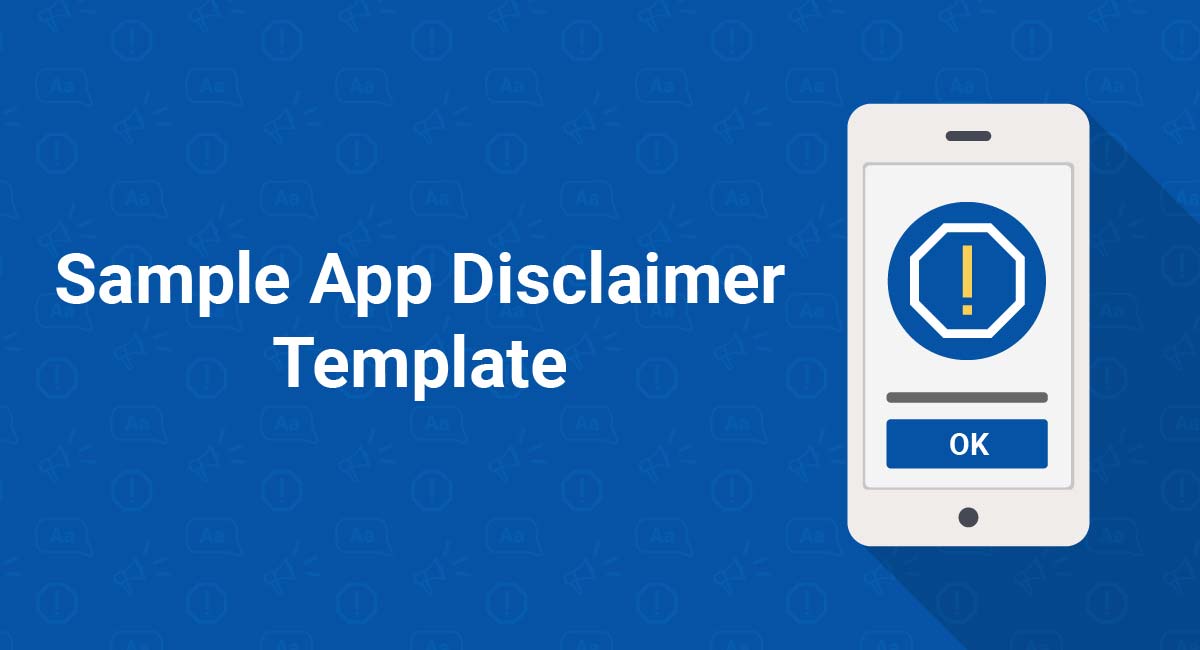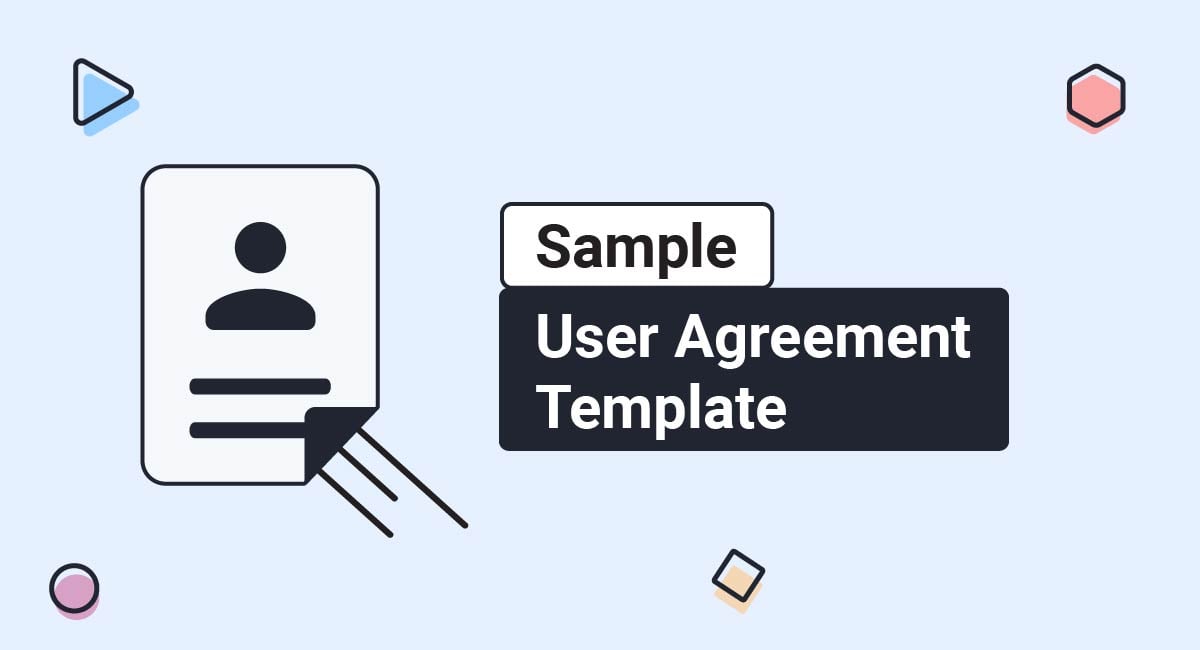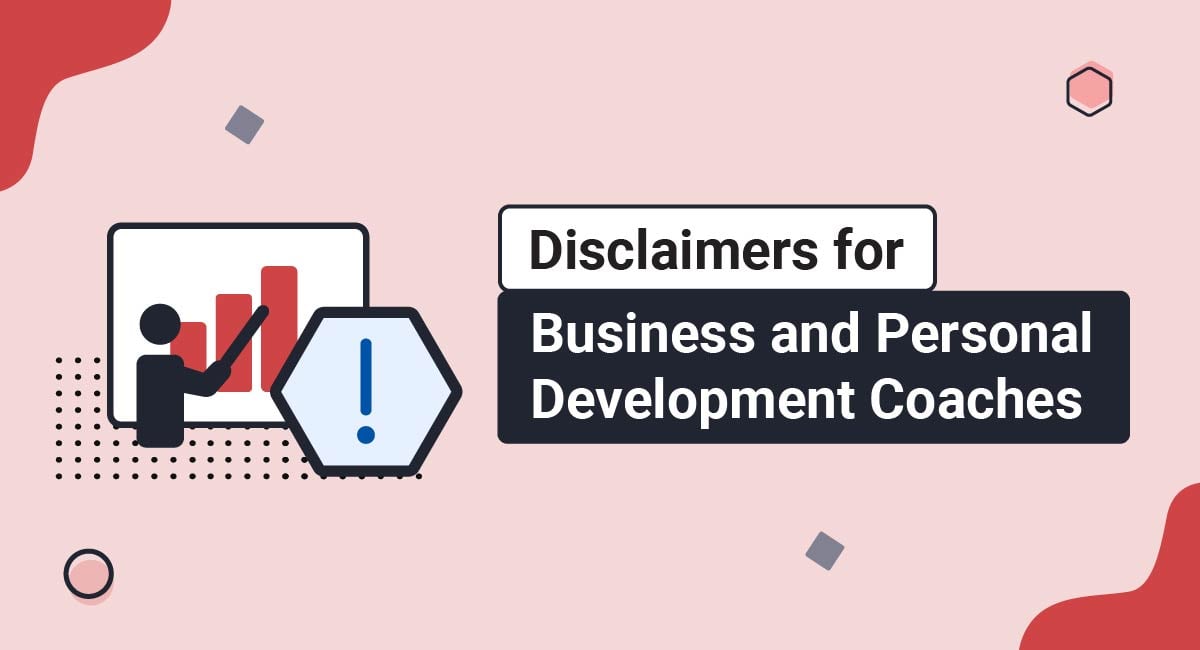If you're in the app game, the last thing you want is for your app to inadvertently get you into legal trouble. That's why it's so important to create the right mobile app disclaimer and display it properly.
This article will explain what benefits some key disclaimers can have for your mobile app. We've also put together a Sample App Disclaimer Template that you can use to help write your own.
Our Disclaimer Generator can generate a legal disclaimer for your business, website or mobile app. Just follow these steps:
-
At Step 1, select where your Disclaimer will be used.
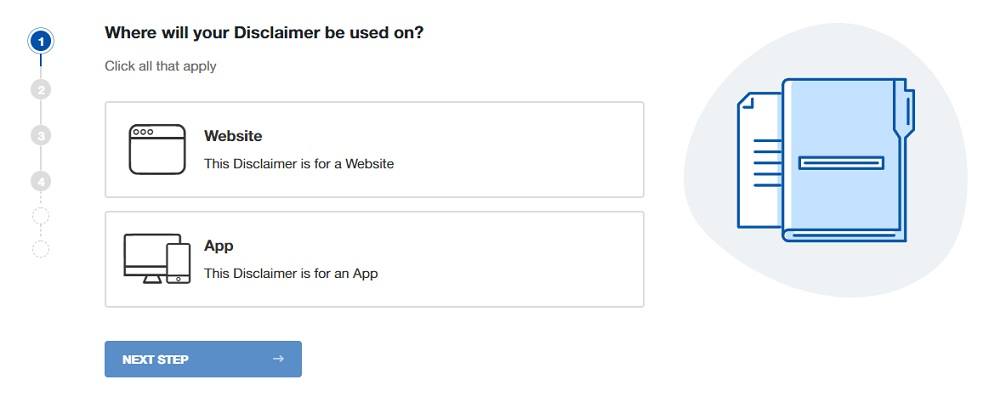
-
At Step 2, add in information about your website/app and business.
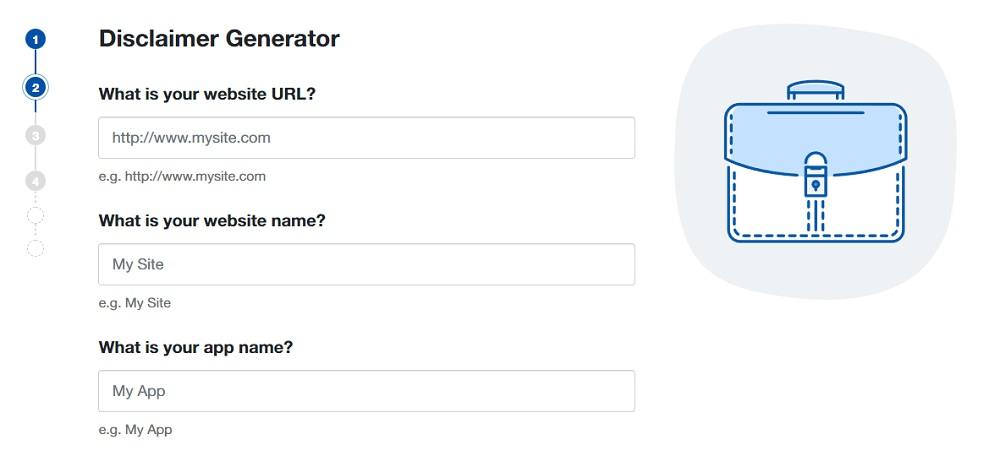
-
Answer some questions about your business practices.
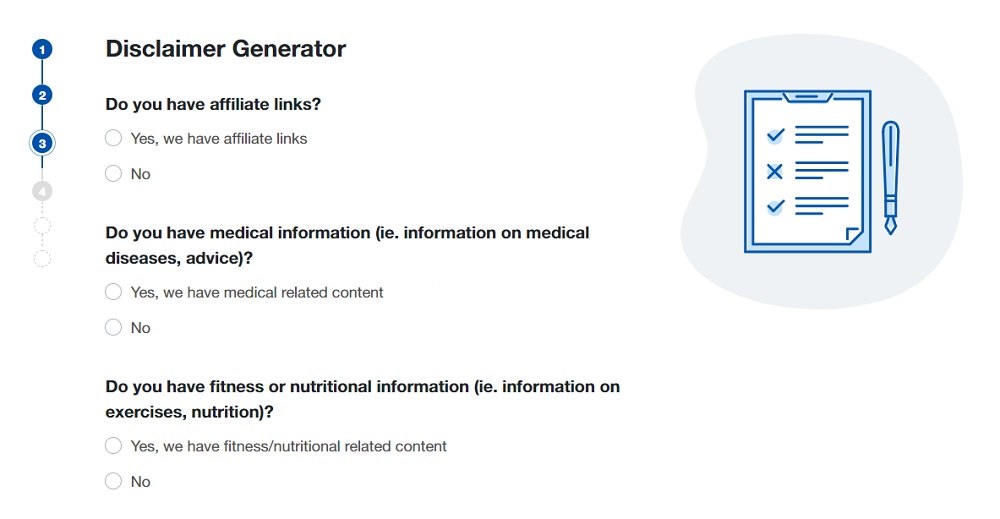
-
Enter an email address where you'd like to receive your Disclaimer and click "Generate."
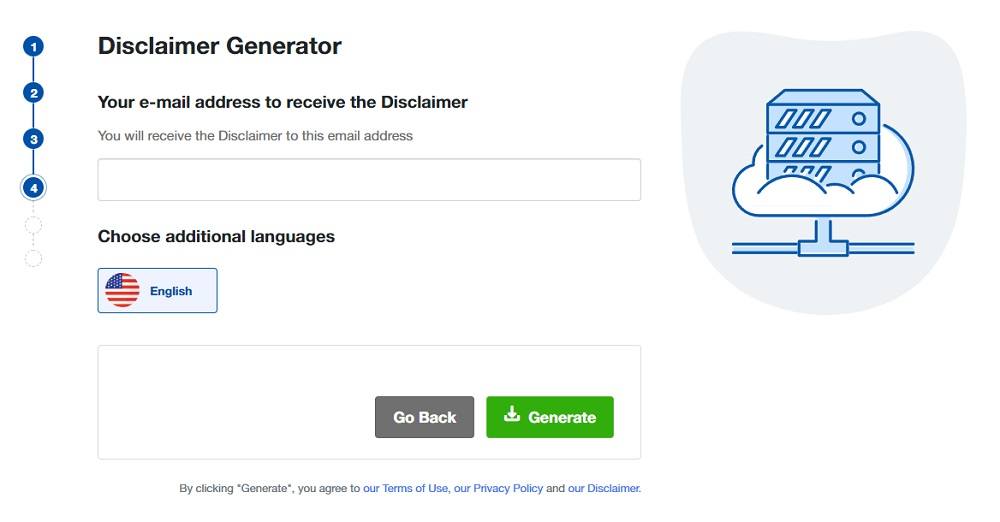
Done! You'll be able to instantly access and download your new Disclaimer.
- 1. What is a Disclaimer?
- 2. Are you Required by Law to Have a Disclaimer for your Mobile App?
- 3. What Mobile App Disclaimers Do You Need
- 3.1. For Informational Purposes Only Disclaimer
- 3.2. No Professional/Medical Advice Disclaimer
- 3.3. The No Guarantee of Accuracy Disclaimer
- 3.4. The Third Party Disclaimer
- 3.5. The Use at Your Own Risk Disclaimer
- 4. How to Properly Display Your Disclaimer in Your App
- 5. Summary of an App Disclaimer
- 6. Download Sample App Disclaimer Template
- 6.1. Sample App Disclaimer Template (HTML Text Download)
- 6.2. Sample App Disclaimer Template (PDF Download)
- 6.3. Sample App Disclaimer Template (Word DOCX Download)
- 6.4. Sample App Sample Template (Google Docs)
- 6.5. More Disclaimer Templates
What is a Disclaimer?
A disclaimer is a formal statement that lets consumers know that the seller/owner is not subject to any kind of legal liability in certain situations.
For example, the Medical College of Wisconsin offers this disclaimer:
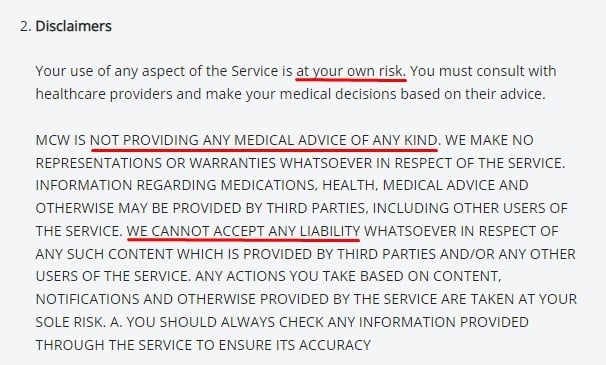
Basically, this disclaimer is letting you know that the information provided on the app isn't intended to replace a trip to your doctor. It's not meant to be part of the "cure, mitigation, treatment, or prevention" of any disease. As a result, if you rely solely on this app's information to make important medical decisions, the Medical College of Wisconsin isn't responsible if something bad happens to you.
Disclaimers aren't restricted to the mobile app industry, though. You'll see them everywhere from playground equipment, to online stores, to car warranties.
For example, here's something you've maybe seen before:
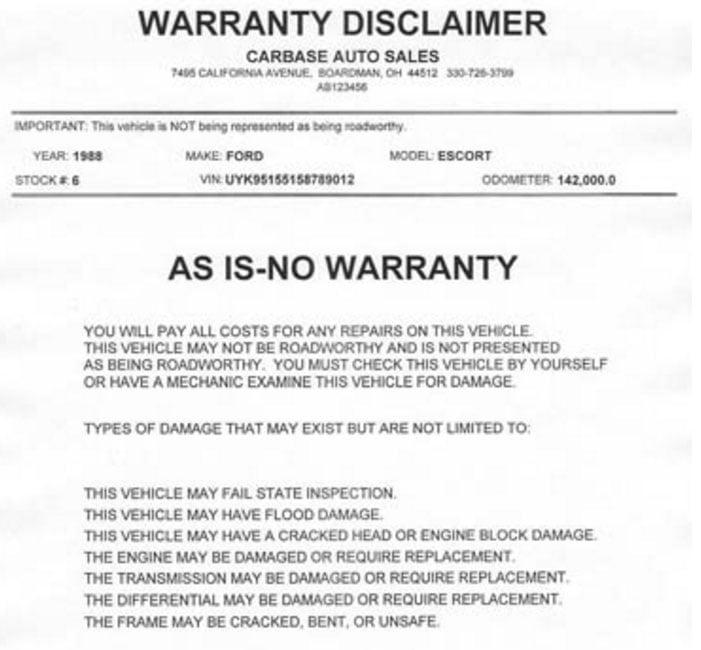
This disclaimer is pretty straightforward. The car is being sold as is, so if anything happens to it - like if it fails inspection, has a damaged engine, or even has a bent frame - you're on your own if you buy it.
The seller is disclaiming all legal liability for anything that may be wrong with it. If you signed this contract and you try to take the seller to court, you'll very likely lose.
Typically you'll find a disclaimer as part of the app's Terms and Conditions agreement. Or, it could be listed in the app's Mobile User Agreement. No matter where you decide to put yours, the exact wording will depend on what your mobile app does and what kind of information it collects.
Are you Required by Law to Have a Disclaimer for your Mobile App?

While not all disclaimers are required by law, the FTC does regulate some in the United States. Others, while not legally required, can have great legal benefits for you.
The FTC has disclaimer regulations for mobile apps. For example, if you're developing a health-related app, the FTC has created a special interactive tool to help you figure out which federal laws and regulations apply to it.
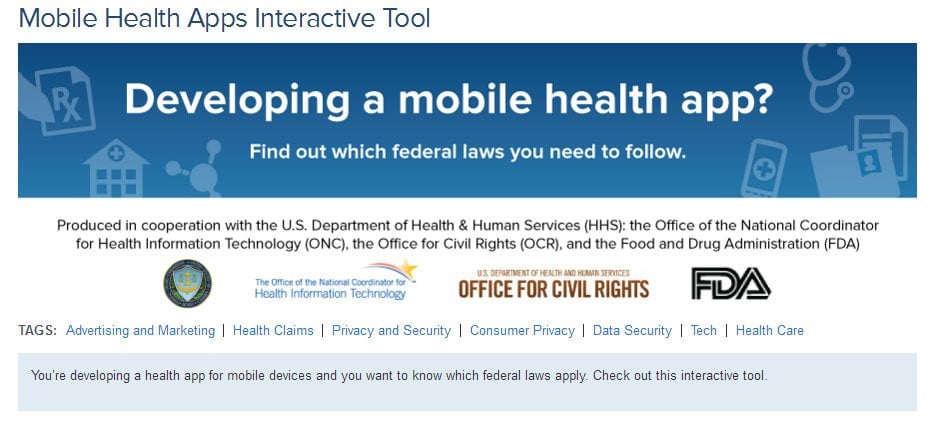
Back in 2014, the Food and Drug Administration (FDA) started cracking down on mobile health apps that it deemed to be questionable. They started with apps that claim to provide vital signs - like blood pressure and the level of oxygen in your blood - because the disclaimers on these apps didn't address the fact that their software has not been proven to be accurate.
It's not just medical apps, though.
If your mobile app provides any kind of consumer report - like for people who are applying for a job, trying to rent an apartment, or applying for credit - you have to follow the regulations in the Fair Credit Reporting Act (FCRA).
Even if you write a disclaimer saying that you can't guarantee the accuracy of the information or that you're not responsible for what happens after you provide the information, the FTC can come after you for violating the FCRA.
And, when it comes to marketing your mobile app, the FTC has some tips for you.
The FTC has created an entire business guide that contains best practices for mobile app marketing.
Because the FTC was created to protect America's consumers from deceptive sales practices, it places a big emphasis on truthful advertising.
Part of adhering to the FTC's regulations is creating disclaimers that provide information "clearly and conspicuously." While the FTC does not have a one-size-fits all disclaimer template that you have to follow, it does make it clear that the Commission has taken action against app developers who put their disclaimers in a long licensing agreement or buried them behind a vague hyperlink.
As the FTC puts it, you're not allowed to bury your disclaimers in "dense blocks of legal mumbo jumbo."
One final point about the FTC - tiny businesses aren't exempt. Whether you're just starting out, are running a one-man shop, or haven't made any money from your app yet, you still need to follow all of the FTC's regulations.
Federal regulations aren't the only thing you have to worry about, though.
If your mobile app contains affiliate links, your entire affiliate account is at risk if you don't have the proper affiliate disclaimers.
Amazon's affiliate program - Amazon Associates - has nearly one million affiliates, making it one of the biggest affiliate programs in the world. If you want to make money as an Amazon Affiliate, you have to use a carefully crafted disclaimer on your website, on your social media profiles, and on your mobile app.
If you don't include this language, you'll be banned from the Amazon Associates program.
What Mobile App Disclaimers Do You Need

Start by assessing your app. What does it do? Who is it geared towards? What kind of legal liability are you trying to avoid?
The most common mobile app disclaimers fall into one of the following categories. Let's look at some real life disclaimer examples.
For Informational Purposes Only Disclaimer
This type of disclaimer says that the mobile app's content is for informational purposes only, and that the content should not be taken as the final, definite word on the topic at hand.
Here's an example from Stuart PC:

No Professional/Medical Advice Disclaimer
If you have any kind of medical-related app, this is a disclaimer that you'll want to include. This disclaimer is where you'll let people know that you aren't giving medical or professional advice, and that no formal relationship is formed between you and the viewer.
Here's an example from WebMD:
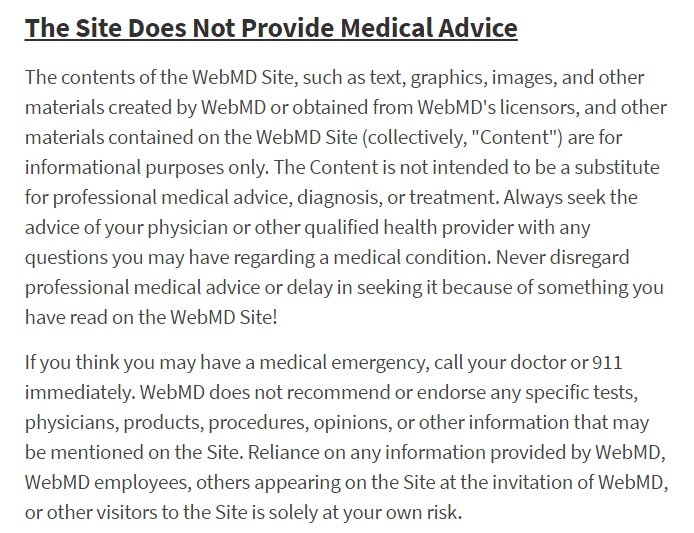
The No Guarantee of Accuracy Disclaimer
Depending on what industry you're in, new developments may take place so rapidly that you can't possibly update your app with all of them on a second-by-second basis. If that sounds like a familiar problem, you need a disclaimer that explains the accuracy of your information.
Take a look at the disclaimer that EWG, a non-profit group that studies environmental health, uses:

Because changes can happen so quickly, EWG makes it clear that the information on their website and app reflects their "research at the time of publication." So, if you read something a year after it was published, you can't blame EWG for it no longer being accurate.
The Third Party Disclaimer
If your app links to any other apps or websites, you'll need to have a third party disclaimer. That way, if someone follows one of your links and ends up getting inaccurate information, content that they deem offensive, or even hacked, you won't be legally liable for it.
Here's how UCHealth has structured its third party disclaimer:

The explanation is very clear - "UCHealth has no control over the content of these third party websites and mobile applications." Then, for even more legal protection, it's pointed out that just because a link is provided to a third party, it doesn't necessarily mean that UCHealth endorses the linked content or its publisher.
If you do decide to check out one of these third parties, "you do so entirely at your own risk".
The Use at Your Own Risk Disclaimer
Use at your own risk disclaimers let users know that they are using your app and anything included within it at their own risk, and that they cannot hold you liable for any damages or issues that may arise.
Here's an example from Wikipedia:

As important as your disclaimers are, it's equally important that you display them appropriately. Let's look at that topic next.
How to Properly Display Your Disclaimer in Your App

Remember, the FTC requires that your disclaimer be clear and conspicuous.
There are a few different ways to do that:
-
Link your Terms and Conditions to your app's signup form
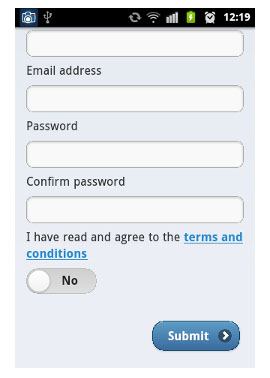
With this setup, users must agree with your Terms and Conditions - including any disclaimers that you've written in there - before using your app.
-
Create a pop-up
Some people think pop-ups are annoying, but one thing's for sure - you can't help but notice them. As a result, they're a good way to get users to see your mobile app disclaimers.
Here's an example of how a pop-up disclaimer can look on an app.
-
If you have both an app and a website, you can create a disclaimer page on your site and link to it from your app. That way, you don't have to worry about including it in the app's infrastructure.
You can include your website's disclaimer page link within your app's Legal, About, Settings menu or elsewhere where people would know to look.
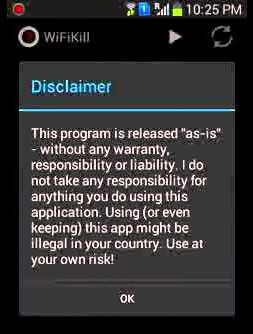
Summary of an App Disclaimer
Mobile apps are a great way to increase your brand's awareness, keep up with current technology and make more money. Just make sure you have solid disclaimers in place. Otherwise, your app could end up doing more harm than good.
Protect your own legal liability and manage user expectations with appropriate disclaimers for your mobile app.
Download Sample App Disclaimer Template
Generate a Disclaimer in just a few minutes
The Sample App Disclaimer Template is available for download, for free, and it includes these sections:
- General information
- Fitness information disclaimer
- External links disclaimer
- Fair Use disclaimer
- Views Expressed disclaimer
- No Responsibility disclaimer
- "Use at Your Own Risk" disclaimer
Sample App Disclaimer Template (HTML Text Download)
You can download the Sample App Disclaimer Template as HTML code below. Copy it from the box field below (right-click > Select All and then Copy-paste) and then paste it on your website pages.
Sample App Disclaimer Template (PDF Download)
Download the Sample App Disclaimer Template as PDF
Sample App Disclaimer Template (Word DOCX Download)
Download the Sample App Disclaimer Template as a Word DOCX
Sample App Sample Template (Google Docs)
Download the Sample App Disclaimer Template as a Google Docs document
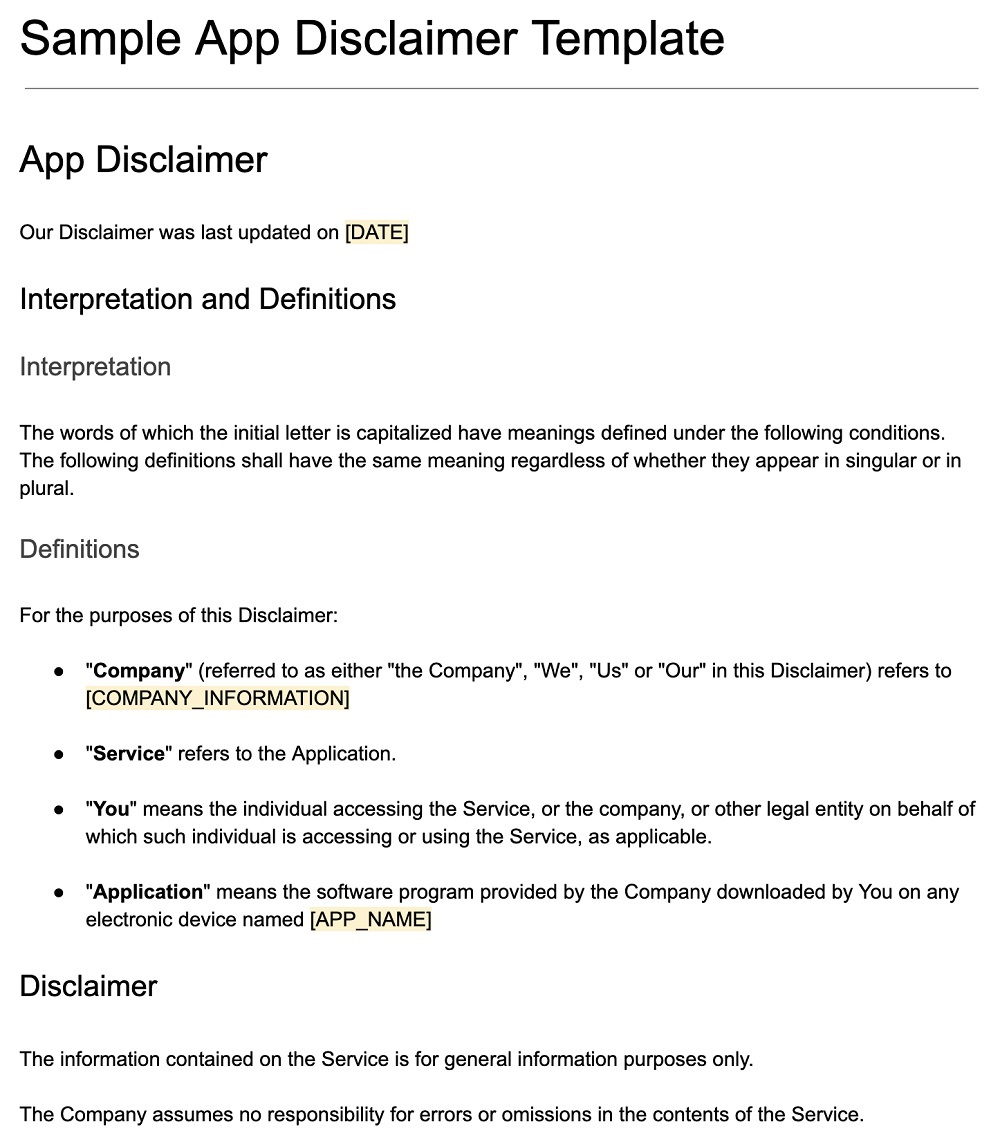
More Disclaimer Templates
More specific Disclaimer Templates are available on our blog.
| Sample Disclaimer Template | A Disclaimer for all sorts of businesses. |
| Testimonial Disclaimer Sample | A Disclaimer for testimonials. |
| Sample Fair Use Disclaimer Template | A Disclaimer for fair use. |
| Sample Warranty Disclaimer Template | A Disclaimer of warranties. |

Comprehensive compliance starts with a Privacy Policy.
Comply with the law with our agreements, policies, and consent banners. Everything is included.
